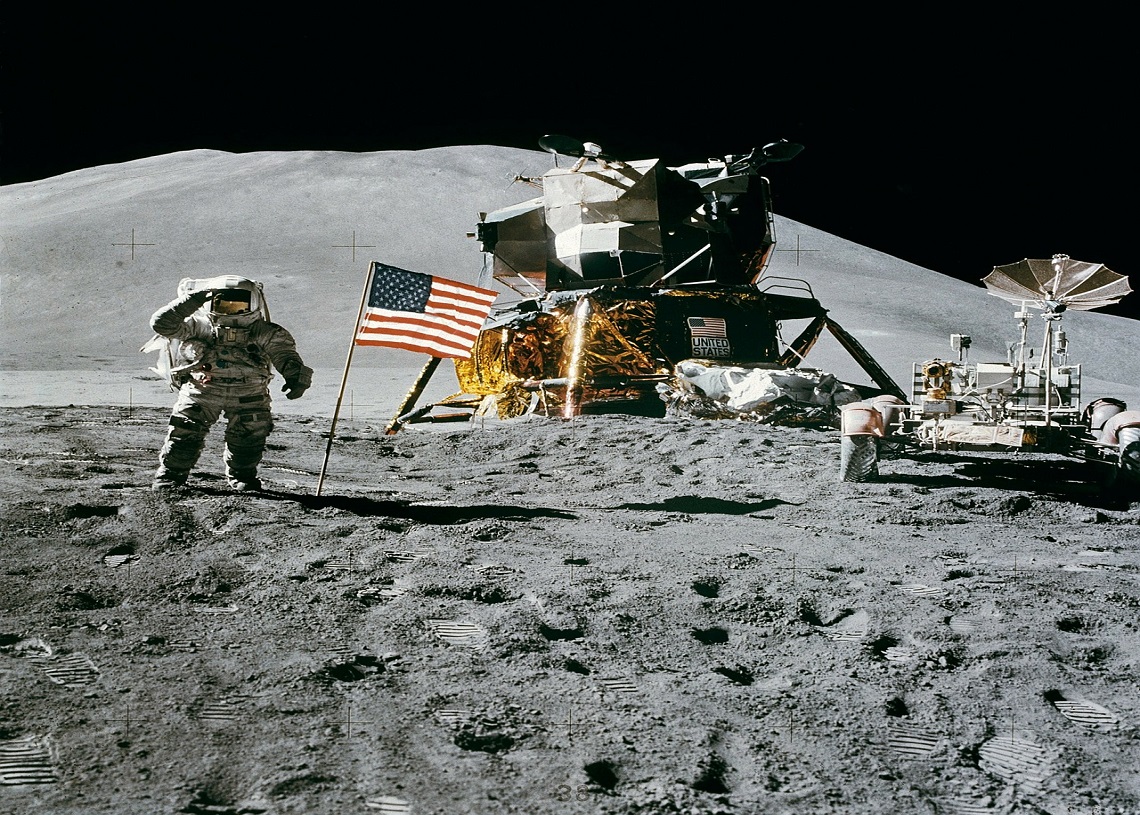Social distancing, or in many cases known as social isolation, is having a profound impact on our daily lives as governments continue to enforce restrictions that largely prohibit any form of physical interaction with the outside world.
Yes, social distancing is the need of the hour given that it is one of the few substantiated ways to curtail the spread of this deadly virus. But it is also true that it is gradually resulting in another significant public health concern – loneliness and, eventually, depression.
Social distancing – upsides and the downsides
As ancient Greek philosopher Aristotle once said, ‘human beings are social animals,’ it is natural for us to seek companionship in others for our well being. Never in our wildest imagination did we expect that social distancing would become a real severe problem to come to grips with.
Nevertheless, here we are. And as much as we want to win this fight against the coronavirus, we are fighting another battle on the sidelines – social isolation. That warm hug from our best friend, the reassuring handshake with our colleague, and the instantly motivating shoulder pat from our bosses, there is no denying that physical connection is an integral part of our genetics, and we are missing that.
Understanding the human brain
To understand how our brain functions and take a closer look at the neuroscience behind it, here are some of the brain scanning studies revealed on The Next Web article published on Wednesday. According to the report, ventral striatum, often known as the reward or the motivation center, is a region that is located deep inside our brain.
Whenever we receive intrinsic happiness, through encouraging words or doing an activity that brings us joy, the ventral striatum region is activated. With no companionship or no one to talk to, the brain feels lonely and activates the part associated with sadness and anxiety instead.
How do we cope up with social distancing?
Loneliness or depression has been a known cause of many deaths across the globe and, by far, remains a significant physical threat to human society. So, what’s the best way to deal with such problems?
Analysts believe that one tried and tested way to counter negative thoughts that often arise when feeling lonely, is to consciously identify them and replace them with ideas that essentially make you happy. Another possible way is to join a virtual support group and share your feelings.
Technology, on the other hand, has been often criticized for encouraging social distancing among teenagers and adults. However, in times of crisis like this, it can turn into boon from bane, if given the right opportunities.
Is technology the answer?
Today, an increasing number of people who are self-isolating at home is heavily relying on popular social media channels like Facebook, Twitter, and Whatsapp. These network channels are readily available and widely used but come with their own set of challenges, the primary being the lack of ability to gauge the tone or the context of an interaction, which forms the very basis of effective communication.
So, despite the fact these networking tools come in very handy during the extended quarantine period, social or physical presence is nonetheless missing. A recent study shows that modern-age technologies such as augmented reality, which involves using video interaction tools, offer a much useful and engaging experience.
Engaging oneself in group activities virtually, such as playing an online game or participating in a quiz, can enhance social presence while adhering to social distancing protocols. As reported earlier this month, technology is also enabling people to resume their near-normal lives by assisting them with activities like dating, offering unlimited entertainment, and providing tutorials for kids stuck at home.
Co-existing with robots
Additionally, a human-robot engagement is an exciting world to delve into right now. Although unlike movies, where robots are eerily humanlike, in real-life, engineers are striving to build models that can relieve loneliness and enable a logical conversation to form an emotional attachment.
In fact, a care facility based in New Zealand reported a significant reduction in depression levels after using a companion robot. Popular humanoid robots like Siri and Alexa also help people speak their language and engage in a near-sensible conversation.
What’s fascinating is that these robots have now been modified to suit the coronavirus-stricken times. From assisting people with shopping for their essentials in a supermarket to reminding of their social distancing protocols when stepping out of their homes, these robots are turning out to be a much-in-need friend amid lockdowns.
In the end, we can all agree that technology is a boon as long as we don’t let it control our lives. As human beings, we have the ability to decide when to seek comfort and when to get off. Excess of anything can ultimately result in destruction. So, as long as we are aware of the fine line between reality and illusion, we can safely let it advance our lifestyle and tackle social distancing effectively.
Blockchain to connect across geographical boundaries
Along this line of thought, we are looking at blockchain to connect us across geographical boundaries, a sharing of resources that will transcend all obstacles. See what a blockchain and crypto influencer has to say about this:
This coronavirus outbreak is a disaster, no doubt. But every coin has two sides. The good part I think outweighs the bad.
- “Awakening” that we are not ready for a bio-war and nature’s reaction to the destruction of our planet has made us aware of that.
- Onset and adoption of the all-in digital economy for education, governance, shopping, data, lifestyle, and more is more evident than ever. Now it’s no longer a choice.
- The world cannot go back to the same old ways. How many would like to stop remote working and start going to offices spending 2-3 hours a day in public transport? People have adjusted their lives to working online. Previously thought of as non-traditional, a pejorative reference of not reporting to a brick and mortar office, online jobs make the world economy survive during lockdowns.
- How many kids should be restricted to few available teachers at their schools compared to an open and massive market of smart and intelligent global teachers? Accessibility and viability of online learning have already been proven. Institutions are testing which system works best for a particular age level.
- I believe the adoption of blockchain technology will fuel more discoveries, cut down on costs and wasted efforts. Being connected without geographical boundaries will be our lifestyle long before the coronavirus issue settles.
– Mr. KEY (Karnika E. Yashwant, CEO, KEY Difference Media)







